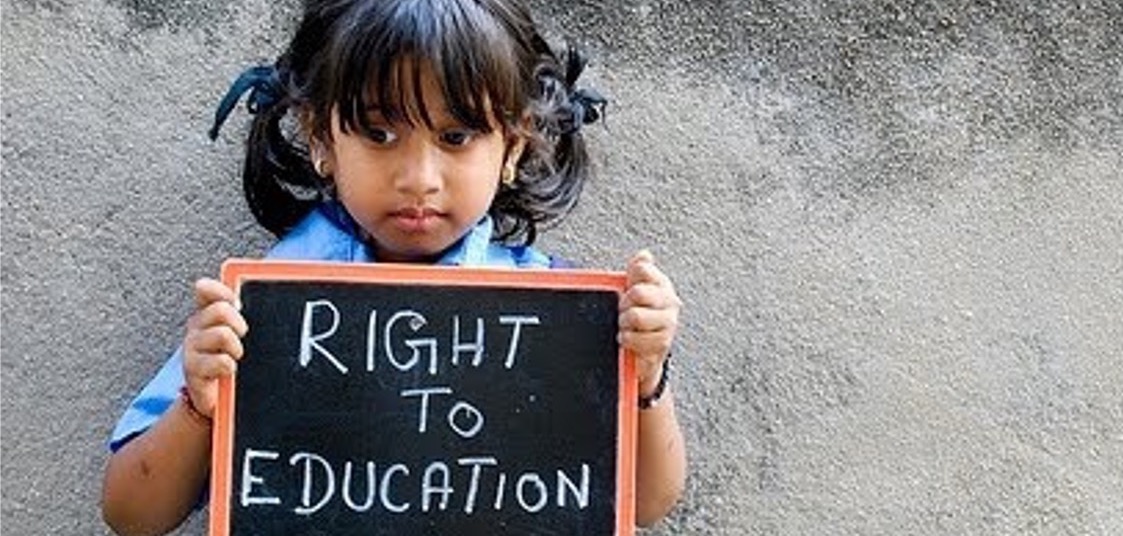Children learn and develop so rapidly in their early years that it is incredible! At times, children may anyway have some delays in development that are better to check out - the earlier the better.
A developmental delay means that a child has not reached the developmental stages or skills that most children of the same age have. Children can have developmental delays in several areas, but language and speech problems are the common types.
A child's speaking skills and understanding of speech develop only in interaction with other people. It changes a lot between individuals when a child says his/her first word and how fast the child's vocabulary grows. There are checklists and ways to assess children's language development, and here we take a look at one of the assessment tools.
See the Infant-Toddler Checklist to identify language delays
.png)
Early intervention has a greater impact
There is scientific evidence that intervention starting during infancy or preschool age has a greater impact on outcomes for children and families than providing special education only at school age. So, the earlier children get their language problems identified and special education organized, the better.
Language development is one of the most critical school readiness skills. A child’s capacity to talk and the scope of their vocabulary when they enter kindergarten are predictive of success in school.
Children with language problems in preschool are likely to face poor educational achievement at school age. They also have a bigger risk to develop emotional and behavioral disorders. Having a delay in language development in childhood might still affect a person's life in adulthood, by making social interaction, studying and good performance in work life more difficult.
When should a child get a referral to speech therapy or another professional?
A toddler may have language delay if she/he:
- does not babble by 7 months
- does not react to speech or never looks at the person talking to him/her
- does not understand speech by 18 months
- does not talk at all at 2 years
- speech is very unclear (the closest people do not understand)
- is not interested in the surroundings
- does not use facial expressions or gestures in self-expression
- the child clearly prefers soft baby food over rough food
An older child might have a language delay if he/she:
- does not understand given instructions
- cannot concentrate on guided activities
- has aggressive behavior daily
- cannot get into play with peers
- speech is unclear and missing many sounds
- speaks only very little, or cannot express him/herself how would like to
- learning to write or read at school age is very slow despite teacher's support
About the Checklist
The Infant-Toddler Checklist is the first step in routine developmental screening for children aged 6 to 24 months to decide if a further evaluation is needed. It is designed for use in pediatricians’ offices during check-ups, routine visits, in childcare centers, or in other facilities serving infants and toddlers and their families.
.png)
.png)
.png)

.png)